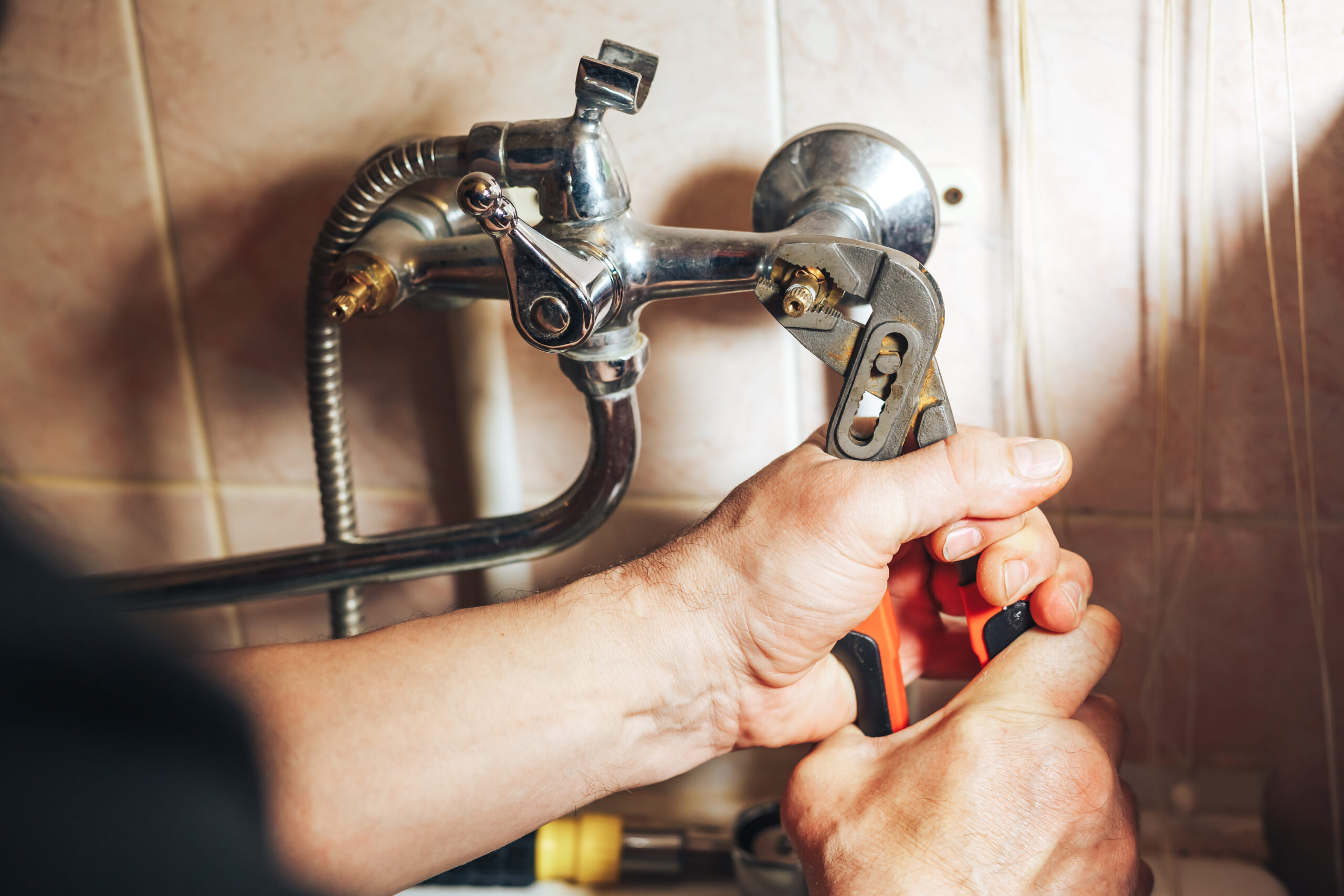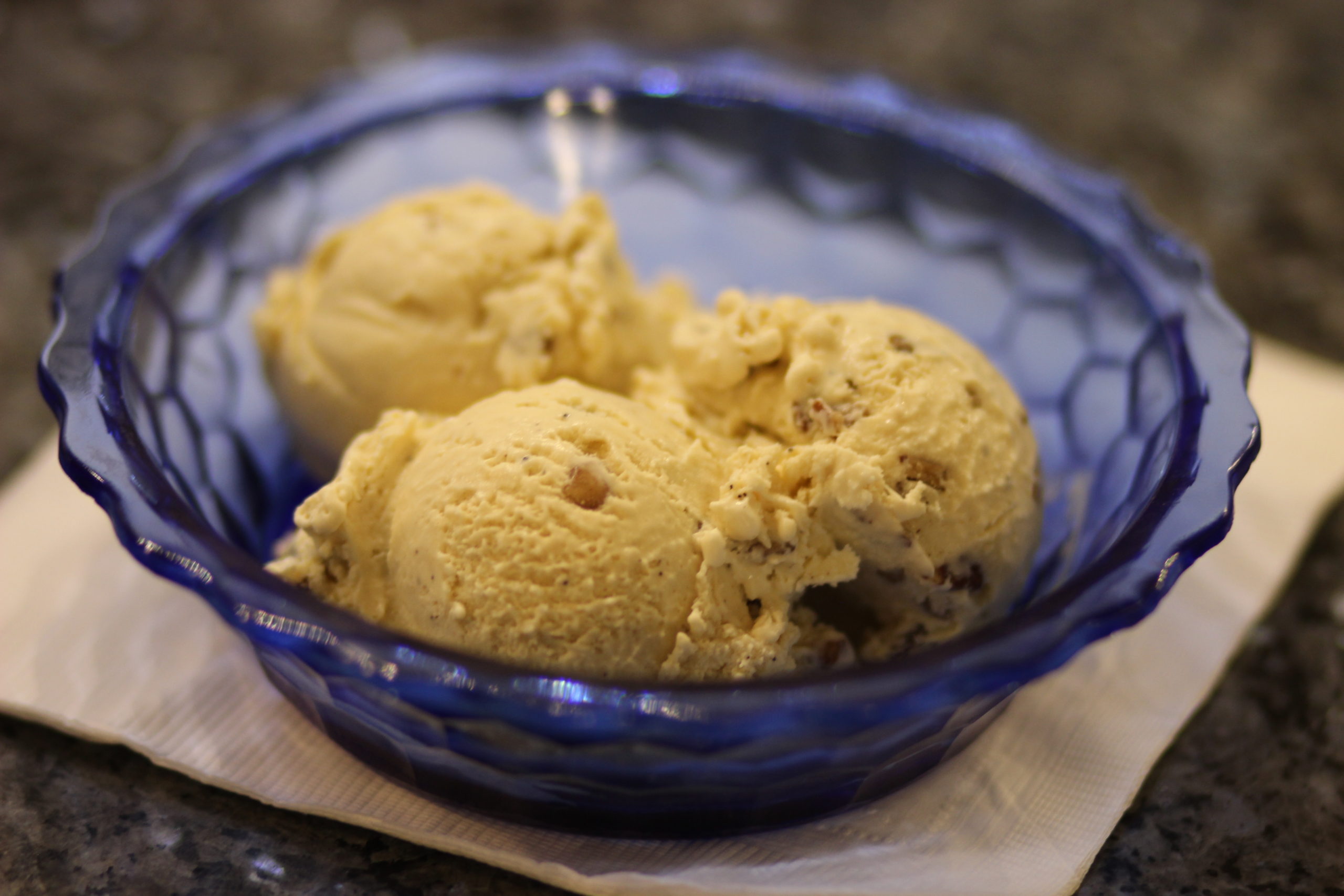Home
Raising the Bar

They seem as comfortable in suits and ties as they are in worn out jeans and work boots. Brent and Ryan Howard do double-duty as lawyers and farmers, putting in long hours at their respective law offices in addition to working on the family farm. In November 2018 Brent added another line to his resume, as he was recently elected to represent District 38 in the Oklahoma State Senate.
The brothers grew up east of the small southwestern Oklahoma town of Friendship – an outcropping of Altus. Along with their father Bob, growing up the boys spent countless hours on the farm. “It’s a mid-size farm for the area. We have cattle and wheat,” noted Brent. The family still farms the same farmland on the same ground homesteaded by their great grandfather Warren before Oklahoma even became a state more than a century ago.
Their parents, Bob and Renee, had three children, as Brent and Ryan’s older sister, Chrystle, is also a lawyer in Enid, Okla. “Mom made sure we all three got higher education. She wanted to make sure we were prepared to do whatever we wanted to do in life,” Ryan recalled. “She had a huge fear of public speaking, so she made us enter whatever speech contest there was for 4-H, soil conservation, church, whatever. Dad loved music, so he pushed us to take piano lessons, so we had to do recitals for piano teachers, 4-H, church, and they both made sure we were involved in the community.”
Renee was, as Ryan put it, “the glue that holds everyone together. She had to deal with two farm boys and a farm husband. We didn’t want to be in the house. We wanted to be out doing something, and if we had idle time, we’d try to invent something. She had to keep us in line. She makes sure we come together for Sunday dinner, holidays, and makes sure we stay in touch and remember where we came from.”
There’s no denying where the Howards learned their work ethic. “Dad is all about the grandkids now. He’ll drop whatever he’s working on to spend time with them, but we grew up knowing that if we had daylight or time, we should be working and getting a task done. He instilled hard work in everyone. He wanted to have fun, but it was hard for him to take time away from the farm. That was his passion – farming and ranching,” Ryan said. “Luckily, Momma would make him take time to go to the lake and go skiing and whatnot. She made sure there was a good work and life balance.”
All three kids attended rural Navajo High School, were involved in sports, student council, and were all president of their high school graduating classes. All three also hold the distinction of being in the Jackson County 4-H Hall of Fame. “We played basketball. We couldn’t play baseball because in the fall you’re planting wheat, and in the spring you’re taking cows off the pasture to sell,” Ryan explained with a laugh.
Carrying on the family tradition, all three Howard children attended Oklahoma State University in Stillwater, Okla., for their undergraduate degrees. Ryan earned his degree in Animal Science, while Brent double-majored in Ag Econ and Accounting. “We’ve just been indoctrinated in it from the time we were kids. My dad, uncle, and my dad’s parents all went there, and that’s where all of us grandkids and cousins went,” Brent said.
Ryan met his wife Erin while at Oklahoma State, something he noted his grandparents Sam and Harriette Howard also did. “They met there when it was Oklahoma A & M. Going to Oklahoma State is just in the family,” he said.
How did a couple of farm kids from southwest Oklahoma decide on law school? “A lot of it was because our mom was a legal secretary for about 30 years. Whenever the three of us would get out of school on Tuesdays and Thursdays, we would come into town for piano lessons, and then after lessons we would go to Mom’s office,” Brent said. “We would spend the rest of the evenings there with her until she got off work. We saw the lawyers she worked with were good people and good attorneys, and that they were able to make a good living and buy farm land.”
Ryan elaborated, noting, “They were living pretty good. We would see our dad working hard every day. Not struggling, but definitely working hard sun up to sun down to earn what he had. He told us that farming is a lot more enjoyable if you don’t have to rely on it for paying your bills. When dad was the County Commissioner, we got to know the Assistant District Attorneys, and we thought they had it pretty good. All the attorneys we knew were good people, but they weren’t struggling by any means. Daddy saw that and pushed us.”
Learn more about Brent and Ryan in the January issue of Oklahoma Farm & Ranch magazine.
Home
Simple and Effective Ways to Reduce Reliance on Public Utilities

In today’s world, our reliance on public utilities such as electricity, water, and natural gas is undeniable. However, there is a growing movement towards greater self-sufficiency and sustainability. Many people are exploring ways to reduce their dependence on these public services, both to save money and to contribute to a more sustainable future. In this article, we’ll discuss some simple yet effective ways to reduce reliance on public utilities.
1. Generate Your Own Electricity
Generating your own electricity is one of the most significant steps towards reducing reliance on public utilities. Here are some options to consider:
Solar Panels: Installing solar panels on your roof or property can harness the power of the sun to generate electricity. Solar energy systems can provide a significant portion of your electricity needs and often come with government incentives and tax benefits.
Wind Turbines: If you have a suitable location, small wind turbines can generate electricity from wind power. Wind energy can be an excellent complement to solar panels, especially in windy areas.
Backup Generators: While not a primary source of electricity, backup generators, such as those powered by propane or natural gas, can provide power during outages and reduce your reliance on the grid.
2. Use Energy-Efficient Appliances
Upgrading to energy-efficient appliances can significantly reduce your electricity consumption. Look for Energy Star-rated appliances, LED lighting, and smart thermostats that help you manage and reduce energy use.
3. Invest in Insulation and Weatherization
Proper insulation and weatherization of your home can help maintain a comfortable temperature year-round, reducing the need for heating and cooling. Seal gaps and cracks in your home’s structure, add insulation in attics and walls, and consider energy-efficient windows and doors.
4. Collect Rainwater
Installing a rainwater harvesting system allows you to collect and store rainwater for non-potable uses, such as watering your garden or flushing toilets. This reduces your reliance on municipal water supplies, especially during droughts.
5. Compost and Reduce Food Waste
Reducing food waste not only saves money but also reduces the energy and resources needed to produce and transport food. Composting kitchen scraps and yard waste can help enrich your soil, reducing the need for chemical fertilizers.
6. Install Low-Flow Fixtures
Low-flow showerheads, faucets, and toilets can significantly reduce water usage without sacrificing functionality. These fixtures reduce water bills and ease the demand on public water supplies.
7. Practice Off-Peak Energy Use
Many utility companies offer off-peak rates, where electricity is cheaper during specific hours. Shift energy-intensive tasks like laundry and dishwashing to these off-peak hours to save money.
8. Reduce Water Heater Temperatures
Lowering the temperature of your water heater can reduce energy consumption. Most households don’t need scalding hot water, and a moderate temperature is often sufficient for daily use.
9. Switch to Propane or Natural Gas
In some cases, switching to propane or natural gas appliances can be more energy-efficient and cost-effective than electric alternatives. For example, propane-powered stoves and water heaters can provide efficient heating.
10. Install Energy-Efficient Windows and Doors
If you’re considering home renovations, invest in energy-efficient windows and doors. These can better insulate your home, reducing the need for heating and cooling.
11. Create an Energy-Efficient Landscape
Planting trees and shrubs strategically around your home can provide shade in the summer and windbreaks in the winter, reducing the need for heating and cooling.
12. Learn Basic Home Repairs
Knowing how to perform basic home repairs can help you maintain your home’s systems more efficiently. Simple tasks like fixing leaky faucets, insulating pipes, and sealing drafts can make a significant difference.
13. Consider Alternative Transportation
Reducing your reliance on public utilities extends to your transportation choices. Consider walking, biking, carpooling, or using public transportation to reduce fuel consumption and emissions.
14. Invest in Energy Storage
Battery technology has advanced, making it possible to store excess electricity generated by solar panels or wind turbines. These batteries can provide power during outages or during peak demand times when electricity prices are high.
15. Educate Yourself
Staying informed about energy-efficient practices and technologies is essential. Consider taking courses, attending workshops, or reading books and articles on sustainability and self-sufficiency.
Reducing reliance on public utilities is a journey that involves a combination of lifestyle changes, home improvements, and technology adoption. While it may not be feasible or practical for everyone to completely disconnect from public services, even small steps can lead to significant reductions in utility bills and environmental impact. Whether you choose to generate your own electricity, conserve water, or practice energy-efficient habits, every effort contributes to a more sustainable and self-reliant future. Ultimately, these changes not only benefit your wallet but also help preserve our planet for future generations.
Home
Butter Pecan Ice cream

Total Time: 4 hours
Yields: 1 1/2 Quarts
- Ice cream base:
- 6 large egg yolks
- 6 tablespoons unsalted butter
- 1 cup brown sugar
- 1/4 teaspoon salt
- 2 cups heavy cream
- 2 cups whole milk
- 1 teaspoon vanilla extract
- Pecans:
- 1 cup pecans
- 1 tablespoon unsalted butter
- Pinch salt
- Instructions:
- In a medium sized heat-safe bowl, whisk together the egg yolks until well blended. Add brown sugar and salt and mix until incorporated. Set aside.
- Pour the cream into a metal bowl set in a larger bowl of ice and set a medium-mesh sieve on top. Set aside.
- In a medium, heavy-bottomed saucepan on medium heat, melt the butter and cook it, stirring constantly, until it just begins to brown.
- Slowly add the milk, stirring to incorporate. It will foam up initially, so make sure you are using a pan with high enough sides. Do not let boil or the mixture may curdle.
- To temper the eggs, slowly pour half of the milk and butter mixture into the eggs, whisking constantly to incorporate.
Then add the warmed egg mixture back into the saucepan with the remaining milk and butter mixture.
- Stir the mixture constantly over medium heat with a wooden or heatproof rubber spatula, scraping the bottom as you stir, until the mixture thickens and coats the spatula, about 5-7 minutes.
- Add vanilla and stir until cool over the ice bath. Chill thoroughly in the refrigerator.
- While the mixture is chilling, preheat the oven to 350°F. Melt 1 tablespoon of butter. Toss with pecans and a pinch of salt. Spread pecans out on a rimmed baking sheet and bake at 350°F for 10 minutes, until the pecans are lightly toasted. Set aside to cool. Once cool, roughly chop the pecans and set aside.
- Once the ice cream mixture is thoroughly chilled, churn in your ice cream maker according to the manufacturer’s instructions.
- Once the ice cream has been formed in the ice cream maker, it will be fairly soft. Fold in the chopped pecans.
- Put in an airtight plastic container and place in the freezer for at least an hour, preferably several hours. If it has been frozen for more than a day, you may need to let it sit at room temperature for a few minutes to soften it before serving.
Home
Valentine’s Crack

Servings: 30
Total
Time: 13 minutes
- 50 Saltine Crackers
- 1 Cup butter cut into chunks to melt down, 2 sticks
- 1 Cup LIght Brown Sugar
- 2 Cups White Chocolate Chips
- 1/4 Cup Pink Chocolate Melts
- Valentine’s Sprinkles
Ingredients:
- Preheat oven to 325 degrees. Line a large cookie tray with aluminum foil. Spray with cooking spray. Line saltines up neatly in rows.
- In a medium sized pot melt your butter and brown sugar. Once butter is melted down, bring to a boil. Continue to stir the entire time and boil for about 2 minutes. It will look bubbly and look like caramel.
- Pour over the top of the saltines. Gently spread across the saltines.
- Place in oven and bake for about 7 minutes.
- While in the oven melt your pink chocolate melts according to package directions.
- Remove the pan from the oven and then sprinkle your white chocolate chips over the saltines. Your hot toffee mixture will melt the chips. You can put it back in the oven for a minute to move the process along. Once your chips are melting, spread across the top evenly with a spatula.
- Mix your pink chocolate into the white chocolate by pouring it over the top in a decorative way. You can use a knife tip to help combine colors to your liking. Quickly decorate with sprinkles, the melted chocolate will act as your glue.
- Once chocolate is completely hardened you are ready to serve.
-

 Attractions8 years ago
Attractions8 years ago48 Hours in Atoka Remembered
-

 Country Lifestyle8 months ago
Country Lifestyle8 months agoJuly 2017 Profile: J.W. Hart
-

 Country Lifestyle9 years ago
Country Lifestyle9 years agoThe House a Treasure Built
-

 Country Lifestyle3 years ago
Country Lifestyle3 years agoThe Two Sides of Colten Jesse
-

 Outdoors7 years ago
Outdoors7 years agoGrazing Oklahoma: Honey Locust
-

 Equine8 years ago
Equine8 years agoUmbilical Hernia
-

 Outdoors5 years ago
Outdoors5 years agoPecan Production Information: Online Resources for Growers
-

 Farm & Ranch7 years ago
Farm & Ranch7 years agoHackberry (Celtis spp.)




